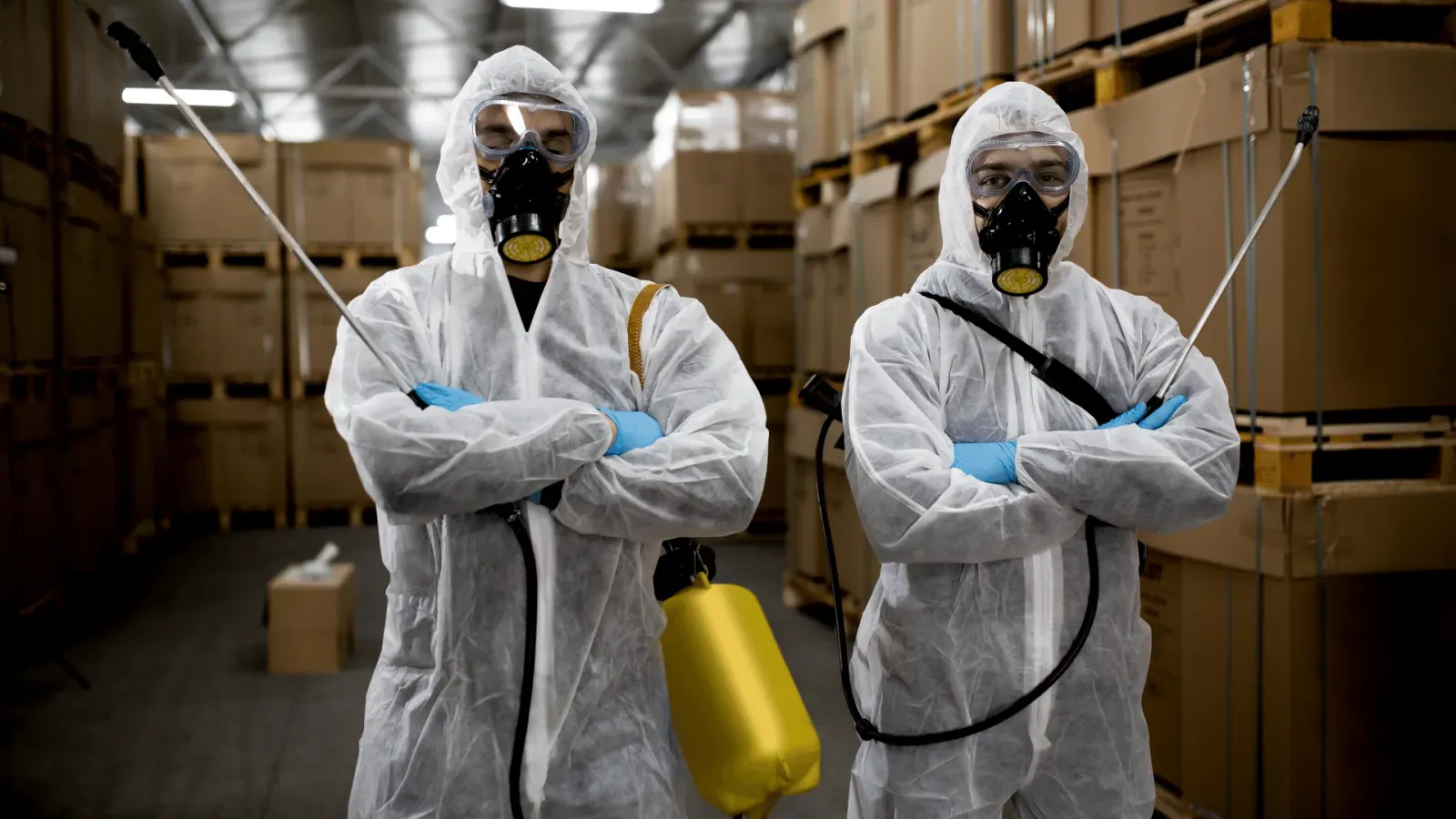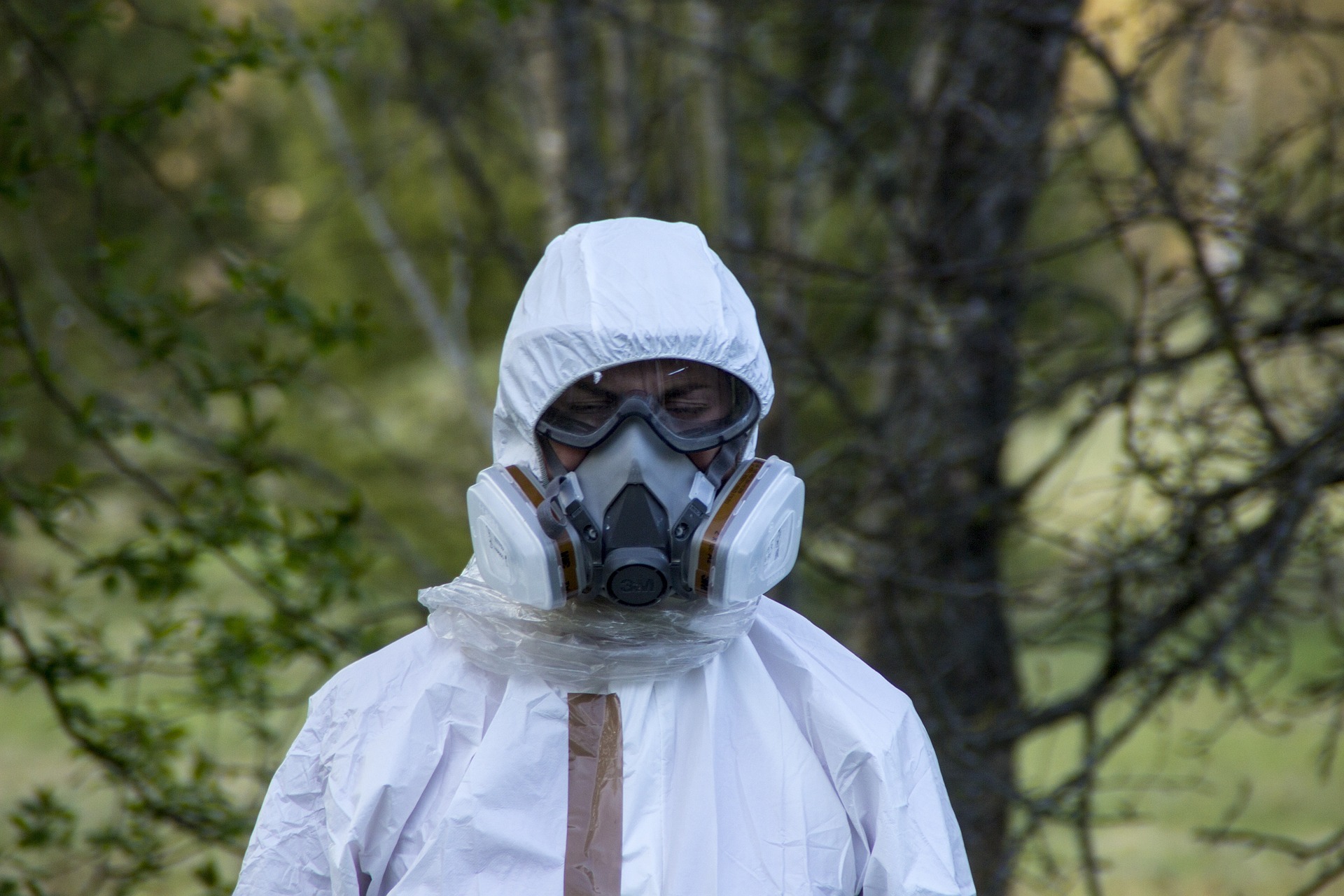Silica Exposure Health Effects & Risks

We know that silica exposure is bad. It can lead to serious, sometimes fatal, health problems. And exposure is more common than you’d think. Learn about respirable silica dust, exposure risks and the health effects of silica exposure.
What is Crystalline Silica?
Crystalline silica is a mineral that is part of natural materials like sand, soil, stone and mineral ores. It can also be used to manufacture products like concrete, bricks, mortar, artificial stone, pottery, ceramics and glass. Respirable crystalline silica is most commonly found in a range of construction and industrial settings, such as metal work, abrasive blasting and hydraulic fracking.
.
Respirable Crystalline Silica
Crystalline silica becomes dangerous when it is broken down into tiny particles that you can breathe in (aka “respirable crystalline silica”). These particles are very, very small and measure less than 10 micrometers in diameter. That’s about 100 times smaller than regular sand.

Respirable crystalline silica dust particles measure less than 10 micrometers in diameter— about 100 times smaller than a grain of sand.
.
Where can you be exposed to respirable crystalline silica?
Respirable silica is produced when silica-containing materials are cut, drilled or ground. These types of activities are commonplace on construction sites during demolition, new construction and renovation projects, and emergency repairs.
Common silica-producing activities that occur in the construction industry include:
- Crushing, drilling and jackhammering rock and concrete.
- Masonry and concrete work on buildings or roads
- Abrasive blasting.
- Demolition activities.
- Cutting, sawing or sweeping silica-containing products.
.
Silica exposure is also common in industrial and manufacturing settings, such as:
- Quarry work, mining and tunneling.
- Cement and asphalt pavement manufacturing.
- Production of construction materials like granite, marble, stucco, plaster, drywall, bricks, tiles, joint sealants, cement roof tiles.
- Welding and metal work.
- Oil and gas operations, including hydraulic fracking.
- Manufacture of glasses, plates and cosmetics.

Health effects of silica exposure
A health hazard is created when workers are exposed to crystalline silica dust, especially when it’s inhaled. Respirable silica dust particles are small enough to travel deep into your lungs. These particles scratch delicate tissues in your respiratory system, causing damage that impairs your ability to breathe and deliver oxygen to your blood stream.
“Silicosis,” the condition most commonly tied to silica exposure, develops after exposure to silica over a period of time. It can develop any time from a few weeks after high-level exposure, to ten years after exposure.
The effects of silica exposure can be debilitating. To date, silica has been classified as a human lung carcinogen and is known to cause lung cancer, kidney disease and COPD (Chronic Obstructive Pulmonary Disease). Exposure also increases the risk of occupational asthma, tuberculosis, renal disease, heart disease and a rare skin and tissue disease called Scleroderma. Silicosis victims can die from the disease; either directly due to lung damage, or indirectly by advancing related health issues.
.
How respirable silica dust affects the lungs
Most particles are too large to travel far into the lungs. The body can protect itself with coughing or mucous. But respirable silica dust is dangerous because the particles are small enough to travel all the way to the bottom of the lungs.
Respirable silica dust damages the alveolar sacs at the bottom of the lungs where oxygen and carbon dioxide are exchanged with the blood stream. The particles can also become lodged in the sacs, which sets off an inflammatory response. Fibrosis and scarring will form around the dust particles, leading to further obstruction of the oxygen/carbon dioxide exchange process. The scarring and stiffening of lung tissues over time makes it very difficult to breathe.
.

Types of Silicosis
There are three types of silicosis:
- Chronic Silicosis: Develops 10 or more years after low-level exposure. Considerable scarring and upper lung symptoms are common.
- Accelerated Silicosis: Develops within 10 years after being exposed to high levels of respirable silica.
- Acute Silicosis: Occurs within a few weeks or years, usually after high-level exposure to respirable silica. Symptoms include fatigue, weight loss and cough.
.
Symptoms of silicosis
Silicosis symptoms can progress over time. Initially, sufferers might experience a severe cough, weight loss, fever, fatigue, chest pains or bluish skin (cyanosis). Shortness of breath is also very common, especially in chronic cases.
Acute silicosis symptoms can appear quickly—even within a few weeks—as the lungs become inflamed and fill with liquid. Accelerated and chronic silicosis will also cause swelling of the lungs and chest lymph nodes, but over a longer period of time.
Infographic sources:
- General & Maritime Industry Workers Exposed to Respirable Crystalline Silica – OSHA
- Silicosis Statistics – silica-safe.org & transplantliving.org
related blogs

Why Indoor Air Quality Investigations is a Necessity in These Times?

Few Important Tips to Help You Select Environmental Consulting Services!




